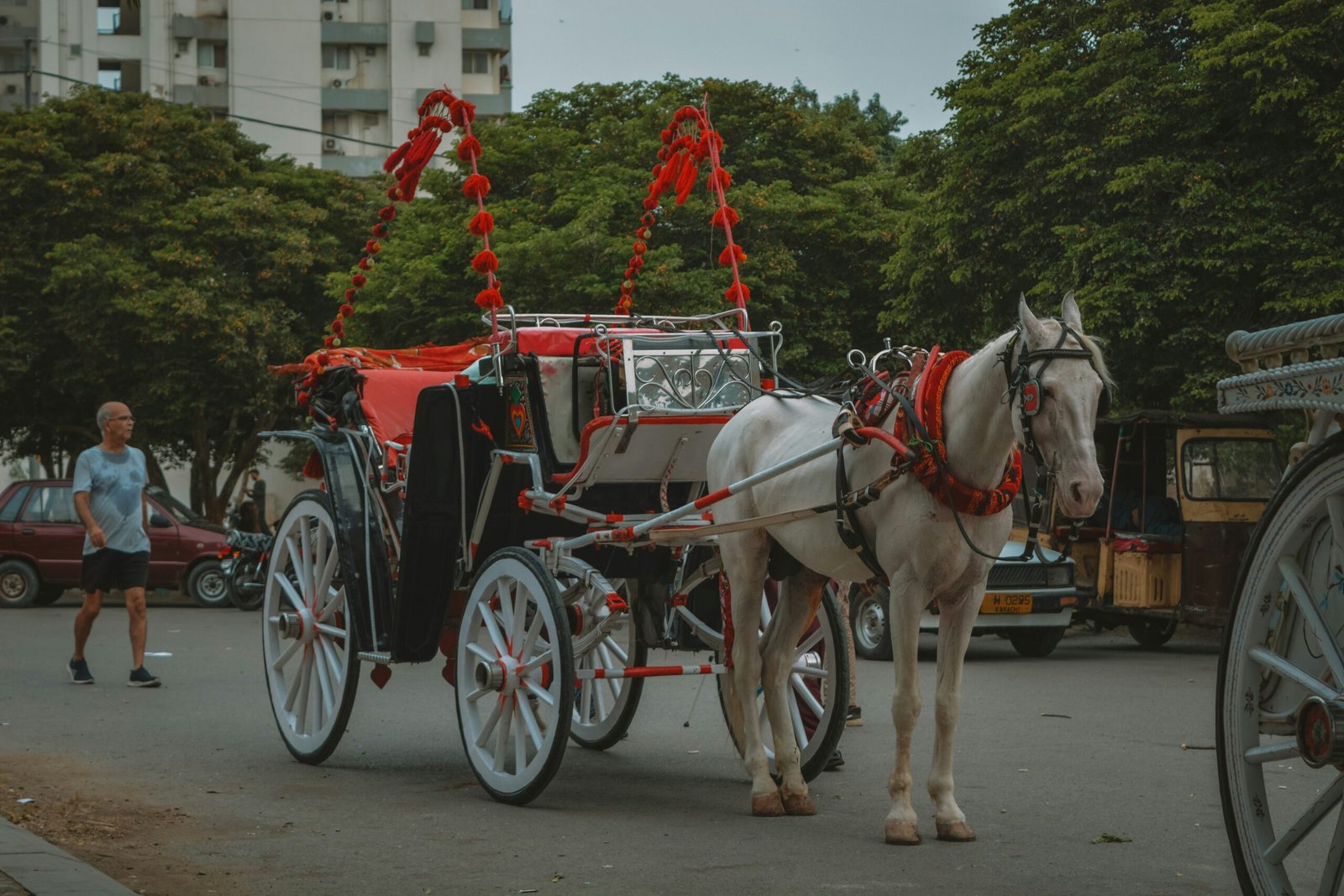Punjab
Luxury Trips To
HIGHLIGHT
Punjab, the land of the Golden Temple, is a vibrant mix of spirituality, history, and culture, offering travelers a unique experience of warmth and hospitality.
Scotland
The Land of Five Rivers and Vibrant Spiri
Punjab, the land of the Golden Temple, is a vibrant mix of spirituality, history, and culture, offering travelers a unique experience of warmth and hospitality.
Punjab, located in the northwest of India, is known as the "Land of Five Rivers" and is synonymous with lively culture, rich history, and unparalleled hospitality. It is home to some of India’s most revered religious sites, including the world-famous Golden Temple in Amritsar. The state’s agricultural heritage, vibrant festivals, and delicious cuisine make it a fascinating destination for both spiritual and cultural travelers. Whether you’re exploring historical landmarks or enjoying a traditional meal, Punjab offers a warm and enriching experience.
History
Punjab’s history is one of resilience, cultural richness, and spiritual significance. The region was part of the ancient Indus Valley Civilization and later saw the rise of several great kingdoms, including the Mauryas, Guptas, and Mughals. Punjab became the birthplace of Sikhism in the 15th century, with Guru Nanak founding the faith in the region. The Sikh Empire under Maharaja Ranjit Singh was a powerful force in the 19th century, with its capital in Lahore. After India’s partition in 1947, Punjab was split between India and Pakistan, with the Indian state of Punjab emerging as a vibrant center of agriculture, spirituality, and culture. Today, Punjab is known for its rich traditions, contributions to India’s freedom struggle, and its role as the breadbasket of India.
Points of Interest
Golden Temple (Amritsar):
The Harmandir Sahib, or Golden Temple, is the holiest shrine in Sikhism. Its shimmering gold-plated structure, surrounded by the sacred Amrit Sarovar, attracts pilgrims and tourists from around the world. The temple’s Langar, or community kitchen, offers free meals to thousands daily, embodying the Sikh principles of equality and selfless service.
Wagah Border Ceremony:
The Wagah Border, located near Amritsar, is famous for the daily Beating Retreat Ceremony between India and Pakistan. This highly choreographed military drill is a symbol of the rivalry and camaraderie between the two nations and is a must-see for visitors.
Jallianwala Bagh (Amritsar):
This public garden is a memorial to the 1919 Jallianwala Bagh Massacre, where British troops fired on unarmed Indian protesters. The site is a powerful reminder of India’s struggle for independence, with a museum and memorial wall commemorating the victims.
Anandpur Sahib:
Known as the birthplace of the Khalsa (the collective body of Sikhs), Anandpur Sahib is one of the most sacred places in Sikhism. The town hosts the Hola Mohalla festival, which showcases Sikh martial arts, music, and spiritual events.
Patiala:
Famous for its royal heritage, Patiala is home to the magnificent Qila Mubarak, a stunning example of Sikh architecture. The city is also known for the Patiala Salwar and Patiala Peg, making it an essential stop for those interested in Punjabi fashion and lifestyle.
Chandigarh (Shared Capital with Haryana):
Designed by the Swiss-French architect Le Corbusier, Chandigarh is India’s first planned city and a symbol of modern architecture. Key attractions include the Rock Garden, created by Nek Chand using recycled materials, Sukhna Lake, and the Rose Garden. Chandigarh also serves as a gateway to the hill stations of Himachal Pradesh.
Kapurthala:
Known as the “Paris of Punjab” for its French-inspired architecture, Kapurthala is home to attractions like the Jagatjit Palace, Elysee Palace, and the Moorish Mosque, all reflecting a blend of European and Indian styles.
Bathinda Fort:
One of the oldest forts in India, Bathinda Fort played a significant role in Punjab’s history, from its days as a stronghold for Rajput rulers to being the site where Razia Sultan, India’s first female ruler, was imprisoned.
Hoshiarpur:
Known for its shamlat land and kikar forests, Hoshiarpur offers scenic rural landscapes and is a major hub for Punjabi folk music and handicrafts, including woodwork and phulkari embroidery.
Culture and Festivals
Punjab’s culture is a vibrant expression of its rich history, spiritual heritage, and love for life. The people of Punjab are known for their warmth, hospitality, and lively celebrations. Festivals are a key part of Punjab’s cultural identity and offer a colorful window into its traditions:
Baisakhi:
Baisakhi, celebrated in April, marks the harvest season and the foundation of the Khalsa by Guru Gobind Singh. The festival is celebrated with traditional Bhangra and Gidda dances, music, fairs, and feasting across the state.
Lohri:
Lohri, celebrated in January, is the Punjabi festival that marks the end of winter and the start of the harvest season. It is celebrated with bonfires, folk songs, dances, and the sharing of traditional sweets made from jaggery and sesame seeds.
Hola Mohalla:
This three-day Sikh festival, held in Anandpur Sahib, showcases Sikh martial arts, Gatka, horse riding, and mock battles, combined with religious prayers and processions. The event draws large crowds and highlights Sikh valor and spirituality.
Guru Nanak Jayanti:
Celebrated in November, Guru Nanak Jayanti marks the birth of Guru Nanak Dev Ji, the founder of Sikhism. The day is celebrated with Kirtans (spiritual hymns), processions, and prayers at Gurudwaras across Punjab, particularly at the Golden Temple.
Teej:
Teej is celebrated in the monsoon season by women across Punjab. It is marked by singing, dancing, and the adorning of traditional clothes and jewelry. Swings are hung from trees, and women come together to celebrate nature, fertility, and the joy of life.
What's the weather like?
When to visit Punjab
The best time to visit Punjab is during the winter and spring months, from October to March, when the weather is pleasant and ideal for sightseeing. The major festivals of Baisakhi and Lohri also take place during this period, adding to the cultural richness of the experience. Summers (April to June) can be hot, while the monsoon (July to September) brings moderate rainfall.
10
°C
60
MM
15
°C
80
MM
Spring
March to May
Summer
June to August
10
°C
100
MM
4
°C
90
MM
Autumn
September to November
Winter
December to February
Spring
March to May
Summer
June to August
Autumn
September to November
Winter
December to February
Example Trips
Book Your Tour
Browse our example trips and get in contact to start planning your very own adventure.
Escape the Ordinary
Our Stories
"Memories of a Lifetime"
Thanks to Hidden Journeys, we discovered parts of India we didn’t even know existed. Their knowledge of local culture and hidden gems made this the trip of a lifetime. Can’t wait for our next adventure with them!

Lita from Japan
"Tailored Perfection!"
Our travel agent listened attentively to our preferences and crafted a bespoke itinerary that exceeded our wildest dreams. From securing coveted reservations to arranging private tours, they went above and beyond to ensure our satisfaction. Thanks to their dedication and expertise, we enjoyed a seamless and truly unforgettable journey. We can't wait to plan our next adventure with them!

flombergdeb from USA
CEOApple"A Dream Destination Wedding Come True"
Hidden Journeys planned our destination wedding in Rajasthan, and it was beyond magical. From the intricately planned ceremonies to the breathtaking venues, everything was flawless. Our guests still rave about the experience!

Mercel
Travel Safely with Hidden Journeys
Proudly Recognized by the Ministry of Tourism
At Hidden Journeys, your safety and memorable travel experiences are our top priorities. Proudly recognized by the Ministry of Tourism and affiliated with esteemed organizations such as ADTOI (Association of Domestic Tour Operators of India) and IOTA (Indian Outbound Travel Association), we ensure that every journey is crafted to the highest standards of quality and trust. With over 20 years of expertise in curating authentic, immersive travel experiences across India, we’re here to show you the unseen side of India with the utmost care and dedication. Travel with confidence and explore India like never before – only with Hidden Journeys.

As Seen In






Your Bespoke & Luxury Travel partner. Discover unseen of India.


